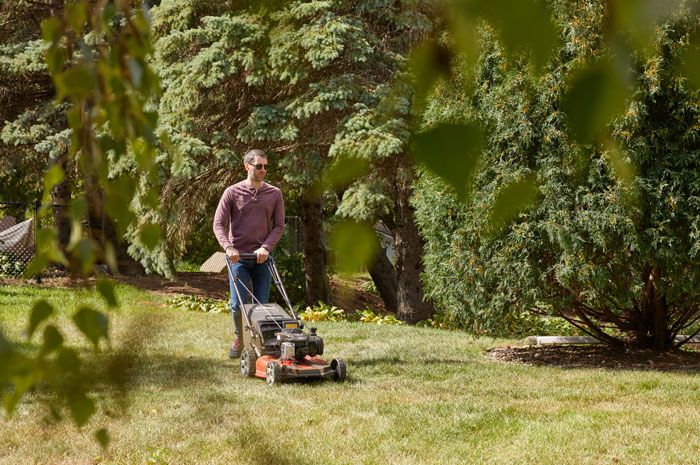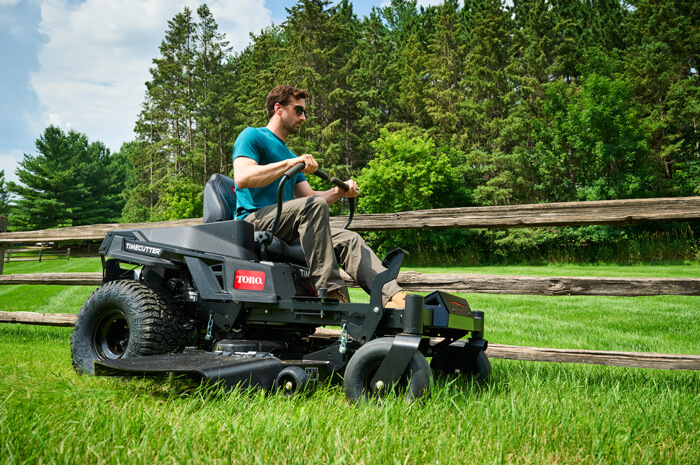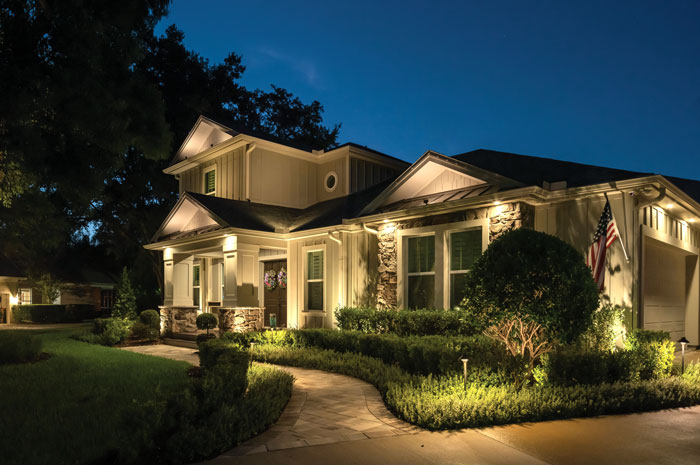
Eventually, your grass is going to go dormant. No matter how meticulously you look after your lawn, mother nature is eventually going to put a halt to grass growth. In general, grass will go dormant when your yard’s soil temperature is outside the range of about 50-90 degrees Fahrenheit. Since the air changes temperature quicker than your soil, it will take a few days in a row of those kinds of temperatures before you notice any stoppage in grass growth.
Caring for Dormant Grass
Just because the temperature has stopped your grass from growing doesn’t mean there is nothing you can do to care for it. By taking a few steps to keep your dormant grass from becoming dead grass, you can go a long way in maintaining a healthy, happy yard.
Summer Dormancy
As temperatures rise during summer heatwaves, the growing brown patches in your yard are a sure sign of grass going dormant. During the dormancy period, it’s best to not mow your lawn at all. Instead, water regularly to keep the grass crowns moist. If you are in a long drought, watering will keep your grass from dying, but won’t green it again. Once the drought breaks, or if you only have a short run of hot temperatures, it won’t take long to see green returning after a watering.
Winter Dormancy
When the temperatures start dropping during autumn, it won’t be long before the chill will be too much for your grass to stay green. To prepare for this longer period of dormancy, make sure to mow one last time before the frost hits. You can also take this opportunity to fertilize your grass to give it extra nutrients during the cold temperatures of the winter dormancy period and a good start in spring after the thaw.
When you’re in the heart of winter, the best thing you can do for your dormant grass is to leave it as undisturbed as possible. Keep foot traffic to a minimum and shoveling at zero to avoid unnecessary damage.
Preparation & Patience
While dormant grass doesn’t make for a picture perfect lawn, it’s no cause for worry either. Most grasses can handle weeks of dormancy in the summer, and much longer in the winter, while still recovering perfectly well when growing temperatures are back in the ideal range. Be sure to watch for any pests that like to strike while grass is dormant, especially in summer. By preparing and staying patient at the beginning and end of a dormant period, your yard will have a better chance of returning to its healthy, luscious green best.



